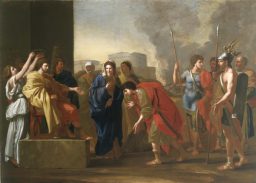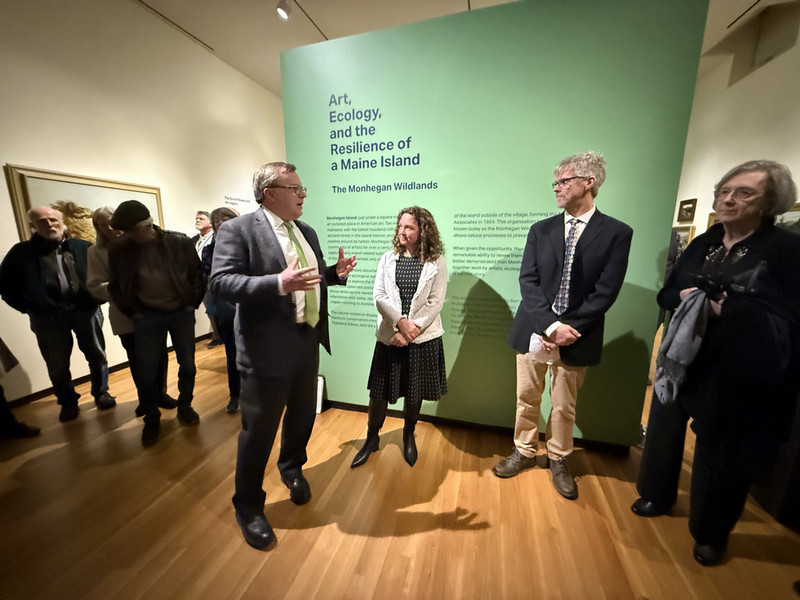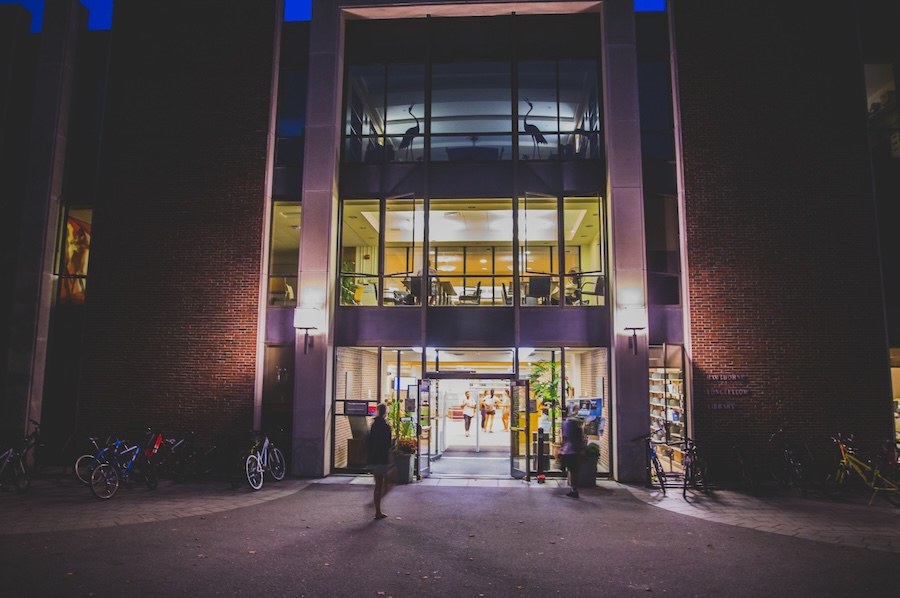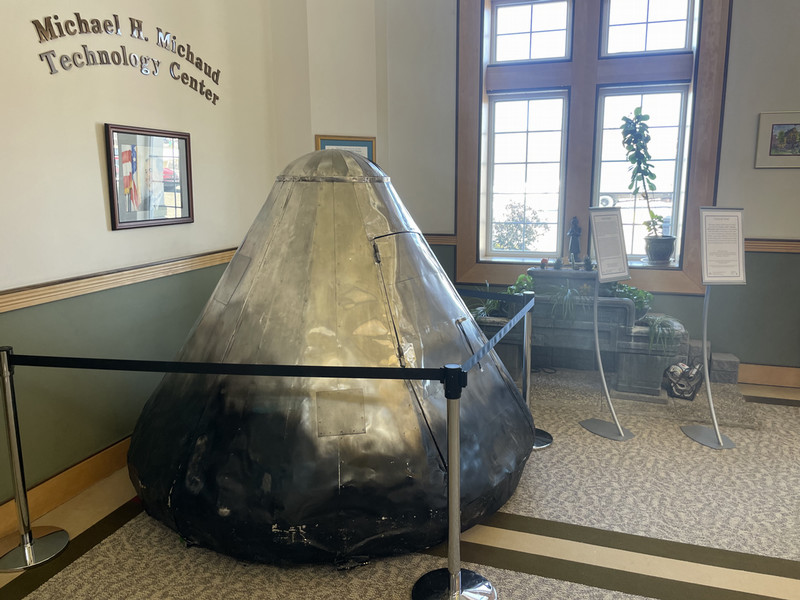One Foot on Either Side of the Pond: James Bowdoin III’s Collection and Legacy
By Bowdoin College Museum of Art
This semester I have been working on an essay that will be published in the Museum’s online scholarly, Art Treasures, Gracefully Drawn: James Bowdoin III and America’s Earliest Drawing Collection. I am excited to be a part of such a dynamic and innovative resource.
My project explores the impact of Bowdoin’s youth in Europe on his collecting practices, with a particular focus on his time in England. Bowdoin attended the University of Oxford and the King’s Riding School, and also completed a Grand Tour through Italy, France, and England in the tradition of the young British aristocrats of his day. In the course of these travels, Bowdoin interacted with a world of nobility and high society that was closely tied to art. The collections and collectors he encountered along the way influenced his interest in the visual arts. His family was connected to Stowe House, and he likely visited this house among various others he was connected to socially.

This project has led me to a new way of thinking about why Bowdoin left his collection to the College in 1811. Bowdoin was a New World aristocrat who spent his life in environments defined by semi-private hereditary institutions. The European country houses and families with whom he fraternized lived within an ancient system of inheritance and legacy.
In light of this reality, Bowdoin’s decision to leave his library and art collection to an institution of higher education is not surprising. In many ways, Bowdoin is similar to a large country estate. At the college, like in a country house, an elite public could see the collection. Furthermore, the performative nature of this decision echoed the performance of wealth and power through collecting within the British nobility and cemented Bowdoin’s personal legacy as a member of the New England elite.
This project resonates with me because it deals with the tension between privilege and the pursuit of knowledge, which remains as relevant today as it was in the eighteenth century. At Bowdoin, we constantly question how to balance our status as an elite institution with equity and accessibility. It is our responsibility to develop further strategies and critical frameworks to engage with this tension productively, with the goal of making the Museum and its treasures accessible to everyone. It has been interesting for me to get to explore something that feels so relevant to me.
Eliza Goodpasture, Bowdoin class of 2018



